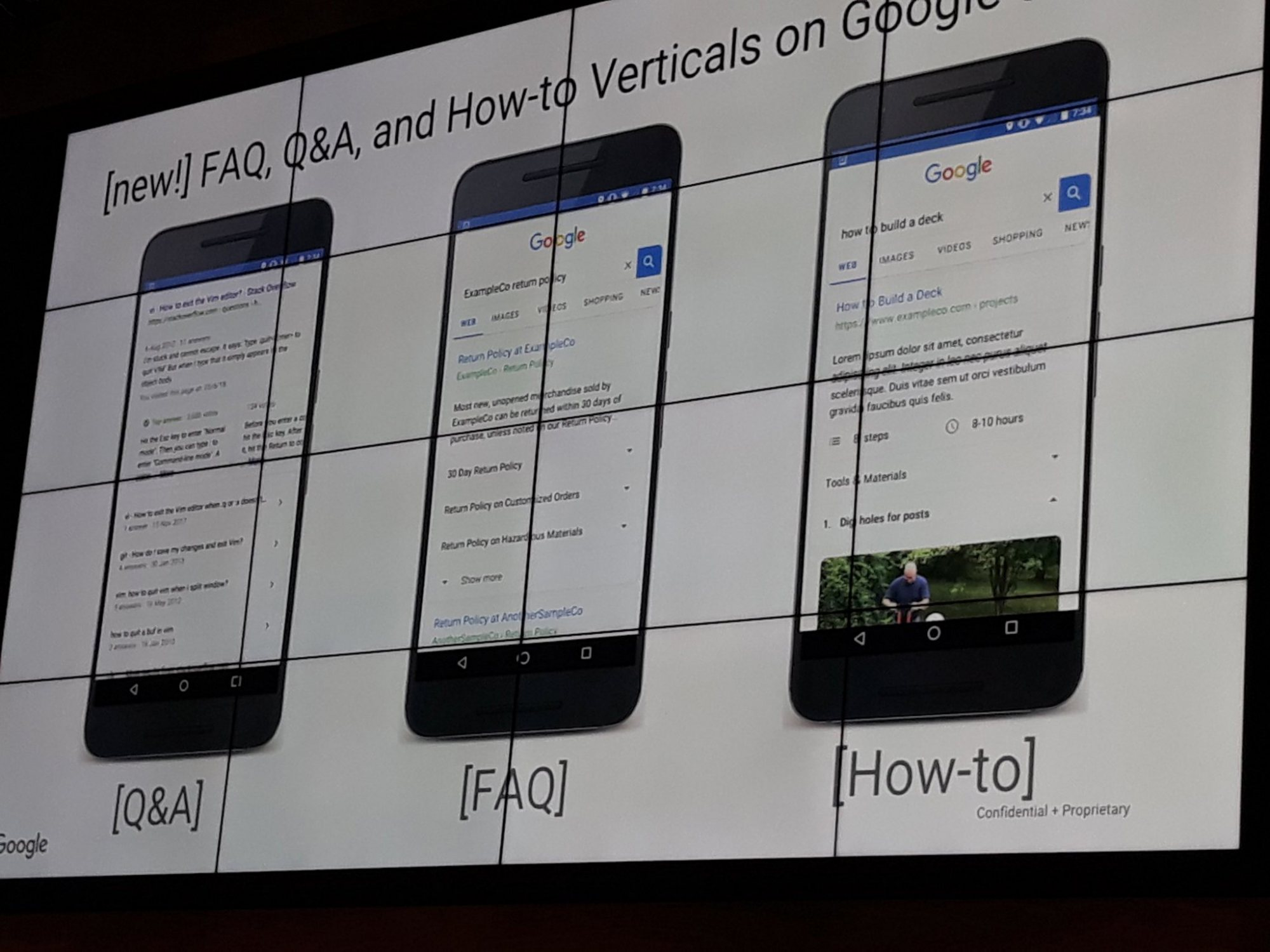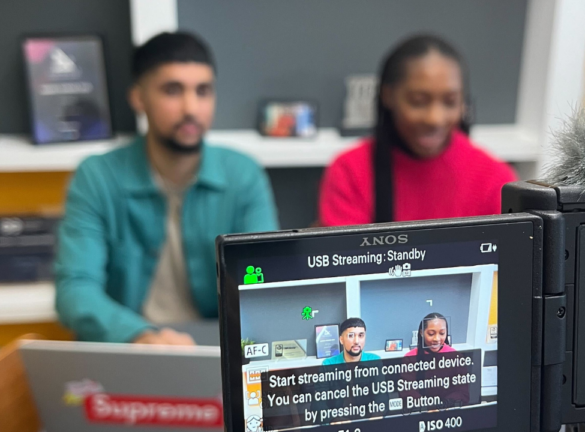
Time, UX and Search; Oh My!
Quick! What are you talking about? What are you writing about? If you just looking at this post makes you think TL;DR* then you can scroll straight down to the conclusion… I won’t hold it against you.
I’m busy. Very busy. My life is all pings and notifications and that annoying double buzz my phone does to keep me aware that there are Many Important Things happening right this second. I couldn’t possibly turn it to silent – then how could I stay connected?
We all feel our lives are increasingly time poor in terms of attention span and lifespan of news. Did you hear about that thing that happened? Of course. HOURS AGO. Tell me something new. Jeez.
As digital marketers we’re always chasing the search engine ideal du jour. The ability to find a piece of information in as few clicks as possible has manifested in some innovative search results in recent years, far beyond the basic website link with accompanying page title and meta description.
*(Too Long; Didn’t Read for those of you not familiar with this term. A post staple of Reddit.)
A Brief History of Time (and User Experience)
2009: Introduction of the ‘Jump to’ in SERPs.
Search engines are always trying to provide users with the most relevant or accurate answer so it makes sense that the next step from providing the right page is to provide the right point on said page.
The ‘Jump to’ feature meant that people who optimised their web page structure through anchor tagging benefitted from the new SERP order. It has become a boon for FAQ pages and a consistent winner for pages with smaller, targeted or sectioned copy.
Below is an example of a ‘Jump to’ link that we curated for a client website for the phrase “Do dash cams work when parked”:

2011: Voice Search
Hands busy? No problem; “Okay Google!” Ever since KITT the talking car appeared on our TV screens alongside the Hoff, a select group of people have been trying to make their childhood dreams a reality, and they’re succeeding.
Siri first appeared on iPhones in 2011, prompting people to ask their phones to call them anything but their own names, Alexa launched in 2014 connecting e-commerce to voice and from 2016 Google has been perfecting the art of the virtual assistant. Although we’re still a long way from a fully functioning digital Jeeves, it’s already starting.
Did you know that 79% of industry professionals “agree it will be important to reach audiences through voice activated devices in the next year”[i] while only 24% cite voice interfaces as a “priority for 2018”[ii]? That’s a significant disparity between acknowledgment and action.
At ROAST we’re investigating how voice search is developing across 23 industry verticals over the coming quarters. Q2 is out right now and Q3 is currently in the pipeline. Take a look at how your industry fares with our Voice Search Ranking Reports.
2014: Answer Boxes
With search algorithms producing increasingly rich search results, the day of searching via a few choice keywords are over. Since 2014 Google has been working to make the internet as accessible as possible. Now, people have enough confidence in search engines to submit fully formed sentences such as: “what is covfefe?” and “how to make slime” (true questions submitted in 2017).
This has provided an opportunity for SEO to offer a more human solution and also pursue search results in multiple forms. Answer boxes are the new golden search goose, and the launch of voice search has only made these answer types more valuable.
2016: Page Speed Indexing
Sometimes bandied around the SEO playground as the “my website is faster than your website” competition, Page Speed Indexing originally concerned the time it took for a page to fully load which as Alex stated previously is not a success metric. This is because TTI – Time To Interactive is more important from a UX perspective.
Chop chop! It only takes 3 seconds for a user to lose interest in a loading website, so the faster you can get your web page interactive (regardless of being fully loaded), the less likely a user is to click off. To help with any performance issues your website may have, Google developed Lighthouse and released it 2016. We’ve been rigorously auditing our sites à la Lighthouse ever since.
However, it’s no longer just a question of whether your website loads fast enough. Websites need to be agile enough that when an anchor tag is activated, that part of the website is able to start interacting with the user. It keeps interaction agility alive past a basic tick-box.
2018: Viva La Schema
Structured data and rich snippets have also been going since 2009; we’re all familiar with recipe cards or local business information appearing in the knowledge graph. However, some fantastic developments have occurred this year that we should all be on the lookout for – and what do you know! They’ve been presented in a mobile-first format.
Designed for easy reading and fast consumption, the next generation of schema builds on the previous rewards reaped from answer boxes and comes to you in three forms:
- Q&A
- FAQ
- How-to
TL;DR
Time and efficiency both in build and search results will continue to dominate our industry. Pursuing one e.g. web design) at the expense of the other (content, structure etc.) will give you short-lived successes. Embrace these developments as they come and it will make the next update easier to adapt to. So stop holding out for the ‘Next Big Thing in Search’ because it’s already happening.
[i] 79% agree it will be important to reach audiences through voice activated devices in the next year – DAX, March 2018, https://thisisdax.com/wpcontent/uploads/dax-whitepaper_opt.pdf
[ii] 24% of cite voice interfaces as priority for 2018 – Toolkit 2018: Why voice is branding’s new frontier, WARC, December 2017






